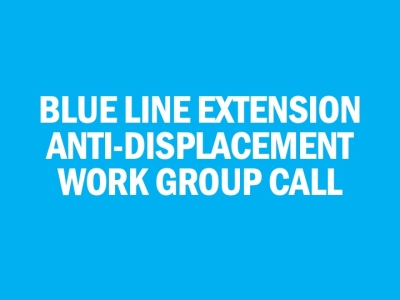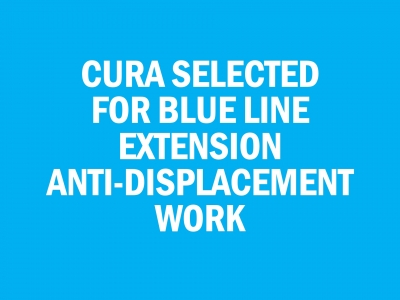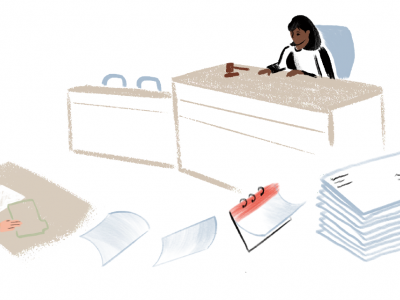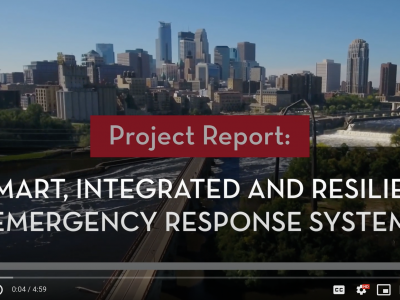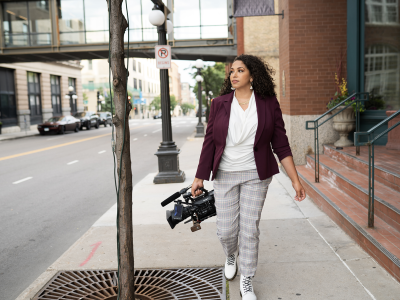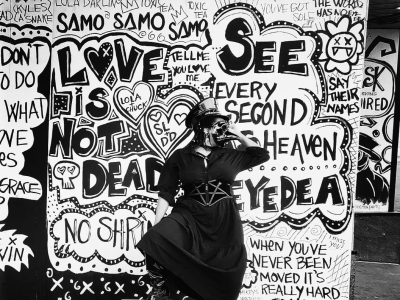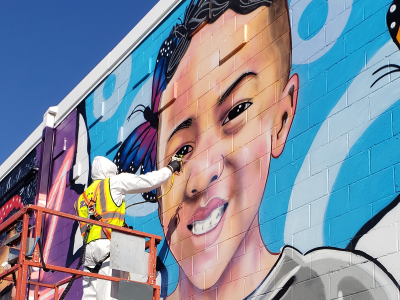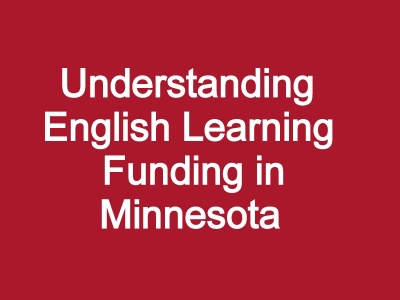Background
The METRO Blue Line Extension Light Rail Transit project will extend the existing Blue Line from Target Field Station in Minneapolis northwest to Brooklyn Park and connect communities along the way. The communities along the way include North Minneapolis, Robbinsdale, Crystal, and Brooklyn Park. Currently, the project is deciding between two alignments in North Minneapolis. Around this alignment work, CURA has been contracted by Hennepin County and the Metropolitan Council to lead the Blue Line Extension Anti-Displacement Project. This project serves to lead the community through a project to examine the extent to which displacement is or will…
